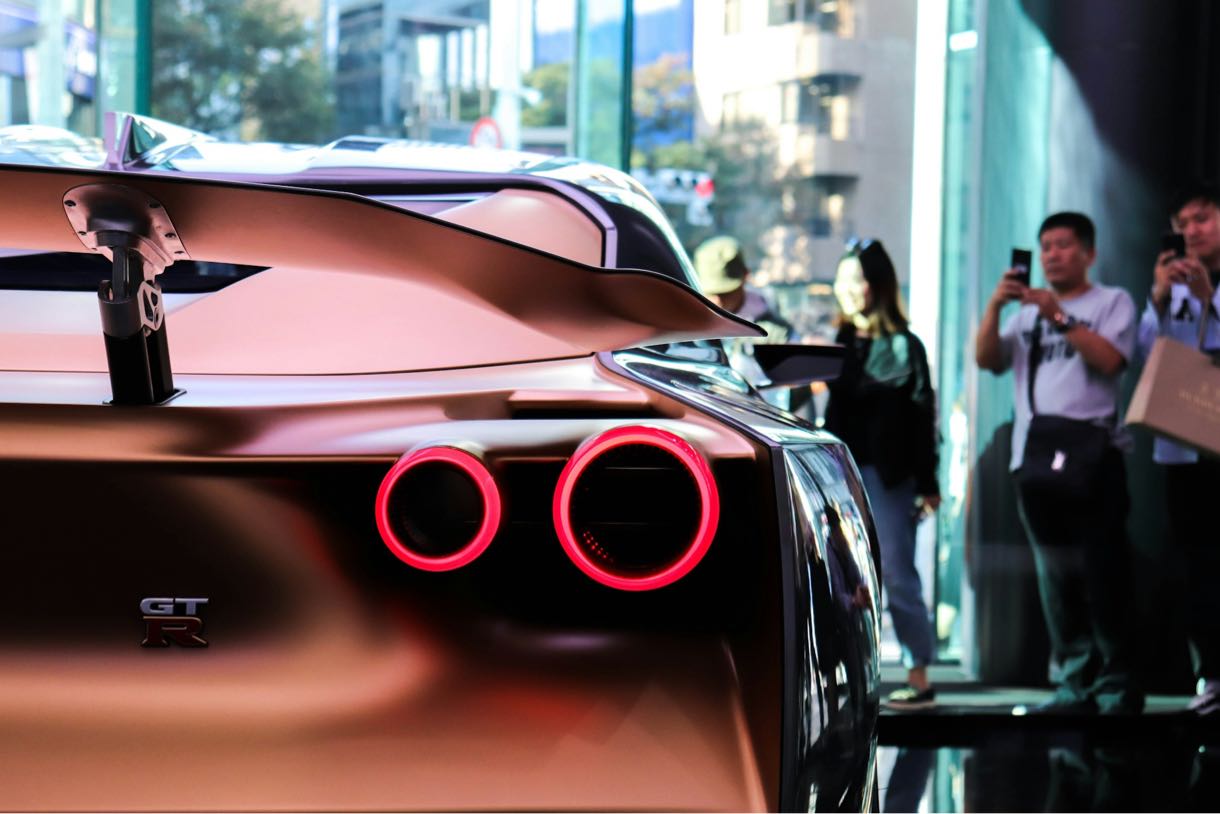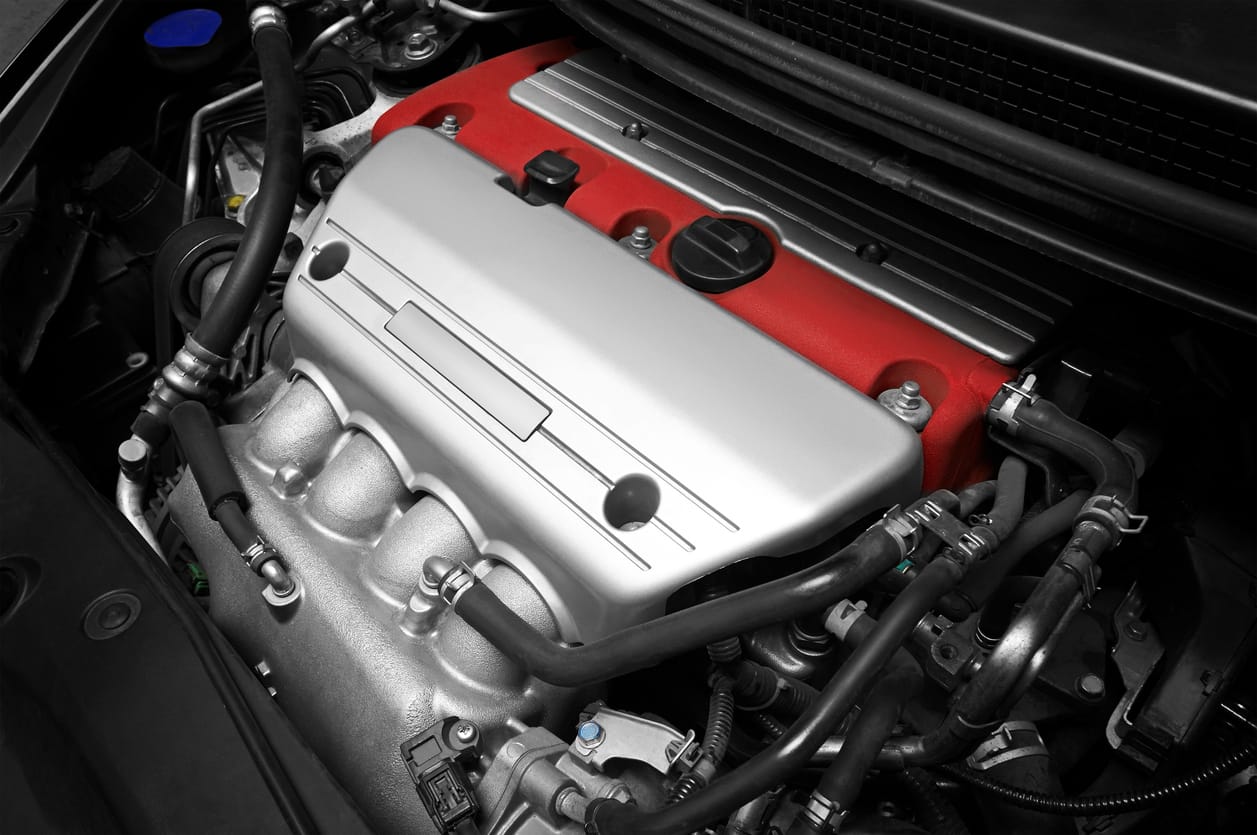A revolutionary solution that seeks to completely change the way cars battle heat has been unveiled by Nissan Motor Company in the midst of the searing heat of a summer that has broken all previous records. The idea behind this technique, which has been given the name “cool paint,” is that it would dramatically reduce the temperature inside of automobiles, which will be beneficial to both the comfort and the environment. The fact that its debut takes place at the same time as Japan is struggling against temperatures that have never been seen before highlights the relevance of Nissan’s technology as well as its potential effect.

Delving Deep into Nissan’s Heat-Reducing Paint Technology Nissan’s “cool paint” is a significant step forward in the field of automobile coatings because it addresses the issue of excessive heat generated by vehicles by utilizing cutting-edge scientific concepts. Nissan’s cool paint, in contrast to conventional car paints, is made up of a sophisticated combination of components that are designed to generate electromagnetic waves that actively resist heat and reflect a greater portion of the sun’s rays. This dual-action system not only reflects sunlight, but it also prevents infrared radiation from being absorbed, which is the primary factor that contributes to the accumulation of heat in automobiles. Because of this, the paint has the ability to reduce the temperature of the roof panel of the vehicle by up to 22 degrees Fahrenheit, which results in a more comfortable interior temperature without the need for additional energy.
Enhancing Vehicle Efficiency and Comfort Not only does this method bring about a reduction in temperature, but it also brings about other benefits. By lowering the temperature inside the vehicle, it lessens the requirement for air conditioning systems, which are known to be among the most significant consumers of energy in automobiles, particularly electric ones. This decrease in air conditioning consumption can result in increased fuel economy and longer battery life for electric cars, which will save consumers money and lessen the impact that they have on the environment and will also reduce the amount of pollution that they produce. Furthermore, the lower interior temperatures may help to preserve the interior of the vehicle better. This is because they can protect the interior from fading and cracking over time, which can be caused by heat and UV ray damage.
Technical Challenges and Potential Solutions Using cool paint is not without its challenges, despite the fact that it offers a number of intriguing advantages. The thickness of the paint is the primary matter of concern; it is six times thicker than standard automotive paint, it requires particular application techniques, and it has the potential to influence the overall weight of the vehicle as well as its aerodynamics. It is also necessary to take into account the paint’s endurance and durability, as the paint’s complex composition may have an effect on how well it is able to withstand abrasion and the effects of the elements, such as dust and rain.
Nissan is consistently working to enhance the composition of the cool paint as well as the application technique in order to increase the amount of the paint that can be manufactured into larger quantities. One potential solution to this problem could involve the development of paint formulations that are thinner while still possessing the same reflective and insulating properties. Alternatively, the technology could be incorporated into the design of the vehicle from the very beginning, rather than being added later. Furthermore, advancements in material science may make it possible to incorporate novel substances such as nanoparticles into paint, which would improve the paint’s performance without compromising its usefulness.
The Road Ahead for Cool Paint Technology As Nissan continues to test and improve this technology, there is a possibility that it will be utilized in a widespread manner. In an effort to reduce costs and enhance the capabilities of the paint, the company is considering exploring the possibility of forming joint ventures and working together on projects that could eventually lead to the paint being commercialized in a more extensive manner within the automotive sector. This cutting-edge paint technique not only represents a significant advancement in automotive design, but it also lends support to international initiatives that aim to improve energy economy and reduce the impact that automobiles have on the environment.

Introduction to Automotive Cooling Innovations Major automobile manufacturers such as Nissan and Toyota are pioneering various technologies with the goal of lowering the temperatures inside of vehicles in an effort to improve the comfort and efficiency of their vehicles respectively. This proactive approach not only improves the comfort of passengers, but it also aligns with the goals of global sustainability by potentially reducing the amount of energy that the vehicles consume.
Nissan’s Cool Paint Technology A significant step forward in the development of cooling solutions for automobiles is represented by Nissan’s introduction of the “cool paint” technology. In order to actively reduce the temperature of the surfaces of automobiles, this cutting-edge paint is designed to reflect sunlight and block heat with electromagnetic waves by using electromagnetic waves. When this is done, the interior of the vehicle is kept at a cooler temperature, which reduces the need for air conditioning systems. This results in the conservation of energy and the extension of the life of the batteries that are used in electric vehicles. The Haneda airport in Tokyo served as the location where the practical application of this technology was demonstrated, thereby demonstrating its reliability in real-world circumstances.
Toyota’s Sun-Reflecting Paint In contrast, Toyota has adopted a different strategy by concentrating on sun-reflecting paints as its primary focus. To a large extent, the technology developed by Toyota makes use of particular hues that are efficient at reflecting the rays of the sun. A selection of colors has been made with the intention of reducing the amount of heat that is absorbed by the exterior of the vehicle, which in turn helps to keep the interior cooler. In comparison to Nissan’s approach, this one is less technologically intensive; however, it provides a simpler and possibly more cost-effective method of accomplishing the same goals.
Comparative Analysis: Nissan vs. Toyota There are a number of considerations to take into account when comparing these two technologies:
- Effectiveness: Nissan’s cool paint is potentially more effective in drastically reducing surface temperatures due to its active heat blocking features.
- Cost and Application: Toyota’s method might be less costly and easier to apply as it involves conventional paint types and colors already in use.
- Sustainability and Energy Consumption: Both technologies aim to reduce the energy consumption of vehicles, but Nissan’s approach might offer greater energy savings by reducing the need for air conditioning more significantly.
Collaborative Efforts and Broader Implications This partnership between Nissan and Radi-Cool of China is a demonstration of the growing trend of collaborations between companies from different industries. Radi-Cool’s expertise in materials that reduce heat complements Nissan’s goals, which makes it easier for the company to develop a product that is more refined and efficient. These kinds of partnerships not only hasten the progression of technological advancements, but they also bring to light the possibility of international collaboration in the fight against environmental problems.
Future Outlook As these technologies continue to advance, it is likely that the competition between various cooling methods will become more intense, which will stimulate additional innovations. Both Nissan and Toyota are establishing new standards for other automobile manufacturers to follow, which could result in the automotive industry adopting a wider variety of cooling technologies that are less harmful to the environment.
This comparative investigation not only highlights the cutting-edge developments that Nissan and Toyota have made, but it also paves the way for future innovations that have the potential to redefine transportation comfort and the impact that vehicles have on the environment.

Unlocking Environmental and Practical Benefits
Not only is Nissan’s introduction of cool paint a revolutionary step forward in terms of automotive comfort, but it is also a significant step forward in terms of environmental preservation. Because it lowers the temperature of the vehicle’s exterior, this cutting-edge technology is able to reduce the amount of heat that is contained within the vehicle. There is a reduction in the need for air conditioning, which is traditionally a significant energy consumer, particularly in electric vehicles (EVs). This is the most immediate benefit. The cool paint that Nissan uses helps to reduce the amount of energy that is consumed by the vehicle by reducing the amount of reliance that is placed on air conditioning systems.
Furthermore, this reduction in energy consumption can have a double positive impact on the environment. To begin, it makes a direct contribution to the reduction of emissions from vehicles, particularly in hybrids and electric vehicles, where energy conservation results in fewer charges from the grid, thereby reducing the overall carbon footprint. Secondly, cool paint improves the efficiency and longevity of vehicles by extending the life of the battery and lowering the amount of wear on the engine. It is essential to make such advancements in order to make progress toward more environmentally friendly automotive technologies. These technologies are dependent on maximizing the lifecycle of vehicle components in order to reduce waste.
Practical Implications for Daily Use
When it comes to practical considerations, the implications of cool paint go beyond the realm of environmental concerns. For regular users, the technology makes it easier to enter vehicles, even after they have been parked in direct sunlight. This results in a significant improvement in the overall user experience. This may be of particular benefit in regions with high temperatures, where it is possible for automobiles to become unbearably hot when they are parked outside. Additionally, the decreased strain on air conditioning systems can result in lower maintenance costs over time, which reduces the overall cost of operating vehicles, making them more cost-effective.
Exploring the Future of Vehicle Cooling Technologies
In light of the fact that we are looking into the future, the potential applications of cool paint and other technologies related to it are extensive and highly promising. The ongoing research and development efforts are paving the way for these technologies to be integrated across a wide range of vehicle types and even beyond the realm of automotive applications. For instance, there is the possibility of utilizing comparable reflective and heat-blocking technologies in buildings, mobile homes, and public transportation systems, which would contribute to more extensive energy savings and improvements in comfort.
The improvement of these cooling technologies is also heavily dependent on the development of new technologies. Innovative developments in material science, for instance, might result in the creation of heat-reflective paints or coatings that are even more effective, and which could be applied in a more straightforward and economical manner. It is highly likely that technologies such as cool paint will play a significant role in shaping the designs of vehicles of the next generation as the automotive industry continues to evolve with a focus on sustainability.
Integrating with Other Industry Innovations
One more fascinating frontier is the potential for cool paint to work in tandem with other advancements in the automotive industry, such as autonomous driving and increasingly sophisticated battery technologies. It is possible, for instance, that autonomous vehicles, which are heavily dependent on sensor technology, would benefit from surface temperatures that are lower in order to guarantee the best possible sensor performance. Additionally, as battery technology continues to advance, the incorporation of heat management solutions such as cool paint has the potential to further improve the efficiency and performance of batteries, particularly in conditions where the climate is extremely harsh.
To summarize, Nissan’s cool paint technology is more than just a cutting-edge feature; it is a step toward more environmentally friendly, energy-efficient, and practical solutions for the automotive industry. The promise that this technology holds is that it will significantly shape the future landscape of not only the automotive industry but also other industries as it continues to develop and find new applications.

A significant step forward in automotive technology, Nissan’s cool paint provides a practical solution to the challenges posed by global warming and rising temperatures. This paint represents a significant step forward in automotive technology. It is a promising development in the automotive industry, despite the fact that there are obstacles that stand in the way of its widespread adoption. The potential benefits in terms of environmental impact and user comfort make it especially appealing.
Shipping vehicles, including Nissans that have the most recent cool paint technology, is Ship A Car, Inc.’s area of expertise. They are the leading auto transport company in the United States of America. Please call (866) 821-4555 right away to ensure that your vehicle is transported in a manner that is both secure and expedient. Our experienced coordinators are ready to provide you with the most competitive shipping prices.
Q: What is Nissan’s cool paint?
A: Nissan’s cool paint is an inventive automotive coating that lowers surface temperatures by reflecting light from the sun and obstructing heat from electromagnetic waves, thus cooling interiors without requiring energy.
Q: How does cool paint benefit electric vehicles?
A: Because cool paint keeps the interior of electric vehicles naturally cooler, it minimizes the need for air conditioning, saving energy and prolonging battery life.
Q: Are there any health risks associated with the electromagnetic waves from Nissan’s cool paint?
A: Susumu Miura, a manager at the Nissan Research Center, claims that the electromagnetic waves released by the cool paint are comparable to other common electromagnetic exposures and do not cause any appreciable harm to one’s health.




